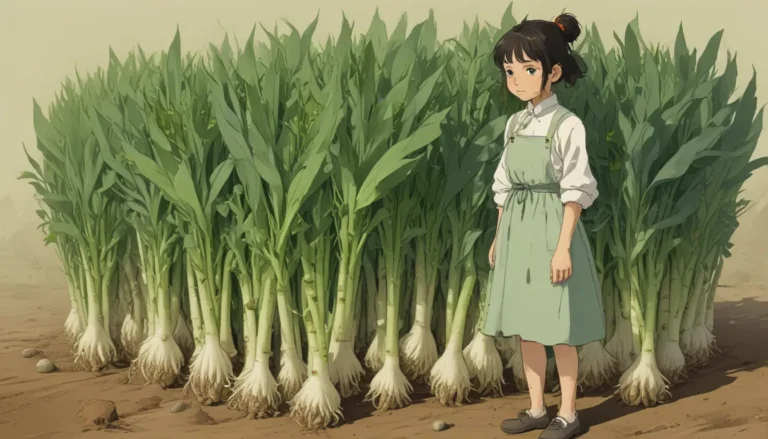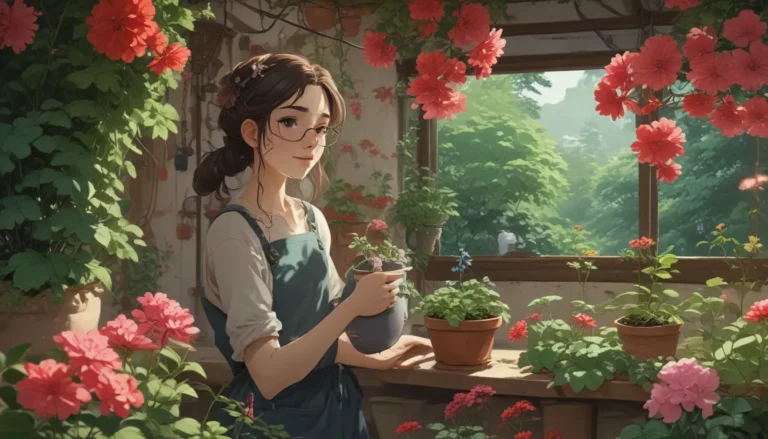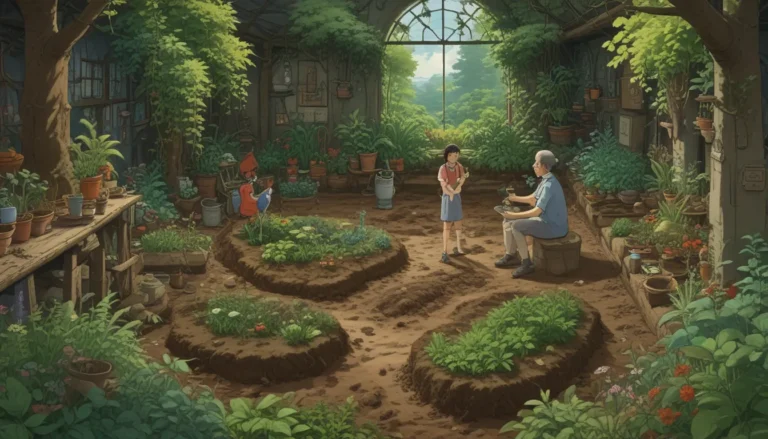Everything You Need to Know About Growing and Caring for Nemesia Flowers

When it comes to gardening, sometimes a bit of asymmetry can add a unique touch to your landscape. An excellent example of this can be found in nemesia flowers. Their colorful petals, differing in shape and hue, create a visually striking appearance that is sure to catch the eye. Paired with lovely leaves, nemesia plants are a must-have addition to any garden.
In this comprehensive guide, we will explore everything you need to know about nemesia flowers. From propagation to maintenance and everything in between, we’ve got you covered. By the end of this article, you’ll be equipped with the knowledge and skills to grow and care for these beautiful plants successfully.
Let’s Get Started!
What Are Nemesia Flowers?
Native to southern Africa, nemesia flowers belong to the Scrophulariaceae family. Known for their colorful tubular flowers with unique petal shapes, nemesia plants are a favorite among gardeners. Their fragrant blooms attract pollinators such as bees and butterflies, adding life to your garden.
Surrounding the flowers are pairs of green, lance-shaped leaves, creating a beautiful contrast. With a variety of species available, nemesia plants come in different sizes and colors, making them versatile for various garden setups.
Nemesia Propagation
To grow nemesia flowers successfully, you’ll need to propagate them through methods such as seed sowing, stem cuttings, or transplanting. Each method has its advantages and is suitable for different situations.
From Seed
Starting from seeds is an easy and cost-effective way to grow nemesia plants. Choose varieties that are suitable for your Hardiness Zone, then sow the seeds in a seed tray filled with a seed-starting mix. Keep the soil moist and provide adequate light for germination. Once the seedlings are ready, transplant them into individual pots and care for them until they are ready to be moved outdoors.
From Stem Cuttings
If you want plants with genetic consistency, stem cuttings are the way to go. Take cuttings from healthy nemesia stems, treat them with rooting hormone, and plant them in containers with moist soilless media. With proper care, the cuttings will develop roots and can be transplanted outdoors when ready.
Via Transplanting
Transplanting mature nemesia plants involves preparing the planting site with well-draining soil and adequate space for the plants to grow. Whether in the ground or containers, proper soil preparation is essential for the plants to thrive.
How to Grow Nemesia Flowers
Now that your nemesia plants are in their new homes, it’s essential to provide them with the right conditions to ensure their health and vitality.
Climate and Exposure Needs
Nemesia plants thrive in various climates, depending on the species. While most varieties prefer full sun for optimal blooming, some can tolerate partial shade. Understanding the specific needs of your chosen species will help you create the perfect environment for growth.
Soil Needs
Well-draining, fertile soil with a slightly acidic to neutral pH is ideal for nemesia plants. Regular amendments with organic matter and a balanced fertilizer will provide the necessary nutrients for healthy growth.
Water and Fertilizer Needs
Maintain consistent moisture levels in the soil without overwatering. Applying a balanced, slow-release fertilizer in spring will help support the plant’s growth and blooming.
Growing Tips
- Optimal flowering requires full sun for most nemesia varieties.
- Amend the soil with organic matter each spring.
- Keep the planting medium consistently moist.
Pruning and Maintenance
Regular deadheading and removal of damaged plant tissues are essential for maintaining healthy nemesia plants. Providing organic mulch around the plants can help retain moisture and prevent weed growth. Repot container-grown plants as needed to ensure root health.
Nemesia Species to Select
With a wide range of nemesia species available, choosing the right one for your garden is crucial. Consider factors such as hardiness, size, and color when selecting varieties. Some popular choices include N. caerulea, N. strumosa, and N. versicolor, each with its unique characteristics.
Managing Pests and Disease
While nemesia plants are relatively low-maintenance, they can still be affected by pests and diseases. Common pests such as aphids and thrips can be managed with organic sprays and beneficial predators. Diseases like powdery mildew and root rot can be prevented by maintaining proper hygiene and soil conditions.
Best Uses for Nemesia Flowers
Nemesia flowers are versatile and can be used in various settings within your garden. From beds and borders to containers and ground covers, these plants can enhance the visual appeal of any space. Pair them with other blooming plants for a stunning floral display.
Quick Reference Growing Guide
- Plant Type: Annuals, herbaceous perennials, subshrubs
- Flower/Foliage Color: Most colors except green
- Native to: Southern Africa
- Hardiness (USDA Zones): 2-11
- Tolerance: Heat, humidity, frost, partial shade (depending on variety)
- Bloom Time: Spring to fall (depending on location and species)
- Soil Type: Fertile, sandy and/or loamy
- Exposure: Full sun to partial shade
- Soil pH: 6.0-7.0
- Time to Maturity: Depends on variety
- Soil Drainage: Well-draining
- Spacing: At least 6 inches
- Attracts: Pollinators
- Height: 6-24 inches
- Spread: 6-24 inches
- Family: Scrophulariaceae
- Common Pests and Diseases: Aphids, thrips; powdery mildew, root rot
- Species: Caerulea, strumosa, versicolor
Conclusion
Growing and caring for nemesia flowers can be a rewarding experience for any gardener. With their unique blooms and diverse range of species, nemesia plants add beauty and charm to any garden setting. By following the tips and guidelines outlined in this guide, you’ll be well-equipped to cultivate healthy and vibrant nemesia plants in your own garden.
So, if you’re looking to add a touch of asymmetry and color to your landscape, consider growing nemesia flowers. Their striking beauty and ease of care make them an excellent choice for both beginner and experienced gardeners alike. Happy gardening!





